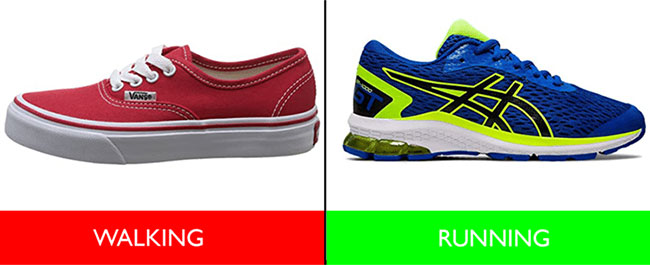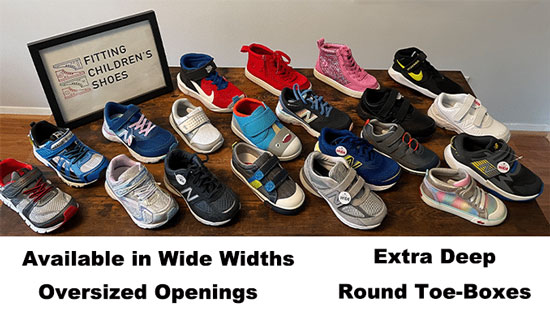Shoes that Help Children Balance – What a Difference These Shoes Can Make!
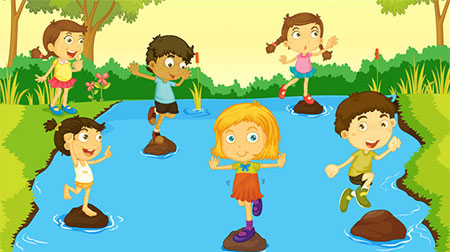
Have you noticed that your child has a hard time balancing? Multiple factors can affect your child’s balance such as vision, proprioception, and the vestibular system, so your first step should be to have your child evaluated by a medical professional. With that said, if your child is having a hard time balancing due to a foot imbalance, I am going to show you a list of the best shoes that help children balance.
Is Your Child Dealing with a Foot Imbalance?
Many children have what is known as a foot imbalance. Did you know that the types of shoes that your child wears can influence foot balance? The foot’s role in helping the child’s whole body balance usually goes unnoticed. Think about it. Our feet have to constantly balance our whole body, and if there is a foot imbalance, there will be a postural imbalance of the whole body.

What Is Causing Your Child’s Imbalance?
Children with flat feet or high arches have a harder time balancing. For example, some children bear excessive weight on the inner ball of the foot, which has a direct impact on the child’s balance and can lead to a foot disorder.
In that case, medical professionals usually recommend orthotics to be fitted inside the shoes to help restore a normal foot balance with corrected distribution of weight and stress. However, before trying an orthotic, I usually recommend to start by making sure that the child is wearing the correct types of shoes in the correct size.
Can Foot Problems Affect Balance?
Healthy, strong feet are essential to help your child balance when standing, walking, or running. There are certain foot conditions such as flat feet, weak ankles, or low muscle tone (just to name a few), that can create a foot imbalance.
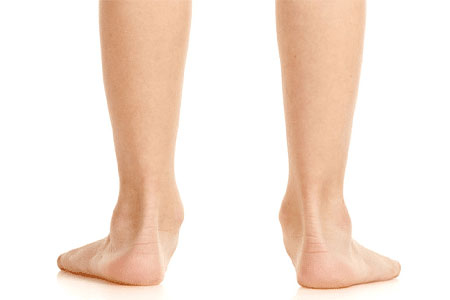
Children with these foot conditions can benefit from wearing shoes that provide a stable base of support to improve their foot posture, balance and coordination.
Can Shoes Improve Your Child’s Balance?
Shoes that provide a stable base of support, firm heel counters, straight lasts, and that are lightweight and flexible at the same time can help improve the efficiency of children’s mechanics and keep them in good alignment when they walk or run. These types of shoes also help to distribute the child’s body weight more evenly, which maximizes cushioning and helps reduce the ground reaction forces. All of this helps improve your child’s balance!
What a Difference the Correct Pair of Shoes Can Make!
As I mentioned before, certain shoes provide a stable base of support, firm heel counters, straight lasts, and are lightweight and flexible at the same time to help improve the efficiency of children’s mechanics and keep them in good alignment when they walk or run.
Before Image
Let’s take a look at an image of a child with flat feet and rolled ankles standing barefoot. Do you notice how the child’s feet and ankles are collapsing and turning inwards?
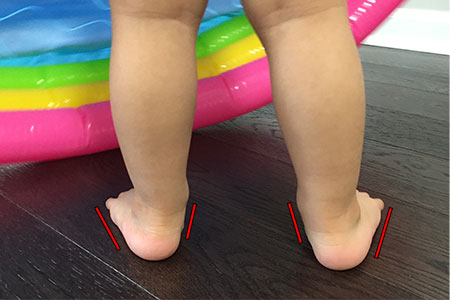
After Image
Now let’s take a look at an image of the same child wearing a pair of the shoes I recommend. Do you notice how the child’s feet are a lot straighter? The substantial outsole and firm heel counter of the shoes are improving the child’s foot posture.
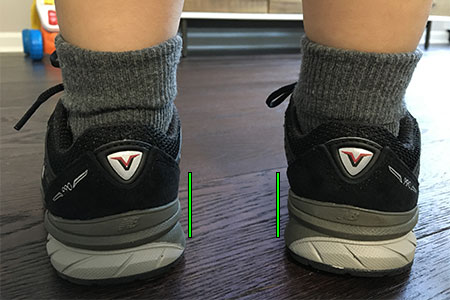
1️⃣ My First Step in Helping Children Balance: Wear the Correct Shoe Size
The toes play an active role in walking and helping children balance. Have you ever walked barefoot on the grass? Next time you do notice how the toes instinctively grasp the ground, which contributes to foot balance.
The issue is that sometimes children wear shoes that are too short or too narrow for their feet, and their natural action and contribution to balance becomes limited. It’s important to start by making sure that your child wears shoes that don’t constrict toe movement, meaning that the shoes need to provide rounded toe-boxes and extra depth.
2️⃣ My Second Step Helping Children Balance: Shoe Weight
Shoe weight plays a key role in helping improve your child’s balance. The lighter the shoe, the less foot-lift load and walking energy your child uses when walking or running.
It’s important that you provide your child with shoes that are supportive but lightweight and flexible at the same time.
3️⃣ My Third Step Helping Children Balance: Supportive and Lightweight Shoes
Shoes that provide a stable base of support, firm heel counters, straight lasts, and that are lightweight and flexible at the same time can help improve the efficiency of children’s mechanics and keep them in good alignment when they walk or run. Shoes that provide all of these features will help improve your child’s balance.
4️⃣ My Fourth Step Helping Children Balance: Shoelaces VS Velcro closure
Did you know that shoes with shoelaces provide better support and stability compared to shoes with an alternative closure such as velcro? I know it can be challenging to provide toddlers or young children with a pair of shoes with shoelaces when they don’t know how to tie their shoes just yet, but shoelaces make a huge difference in helping children balance.
The shoelaces are capable of “hugging” your child’s feet more effectively, allowing the child to feel more stable when walking or running.
I have put together a selection of shoes that provide substantial outsoles, firm heel counters, and straight lasts. Disclosure: Some links in this post may be affiliate links and we may receive a small commission (at no extra cost to you) when you click our links and make purchases.
Shoes that Help Children Balance – Improve Balance and Coordination
The shoes are also available in different widths such as medium (M), wide (W), and extra wide (XW).
Are Any Other Shoe Recommendations Available?
If none of the shoes I recommend above are available in your child’s foot size or you need the shoes to be made of a specific color, I suggest that you send me an email and I will provide you with different shoe recommendations:
fittingchildrensshoes@gmail.com
How to Order the Correct Shoe Size for Your Child
It’s important that you make sure that the shoes are not fitted too short, too long, too narrow, or too wide, as that can affect your child’s balance and coordination. I created a virtual shoe fitting service that will help you retrieve your child’s shoe size from home.
How Can You Tell If Your Child Has Balance and Coordination Problems?
- Does your child fall easily, trip often or can’t ‘recover’ quickly from being off balance?
- Have you noticed your child push harder, move faster or invade the personal space of others more than they intend to?
- Does your child have difficulty getting dressed standing up?
Providing children with the correct types of shoes can help reduce falls and injuries. I have noticed how many shoe styles are designed for fashion and not for function, so you should always be careful about which shoes you provide for your child.
Children who are learning how to walk should go barefoot or wear a soft soled shoe for healthy foot development. By allowing your child’s feet to feel the ground you are helping your child develop their balance and coordination. This applies as long as your child is not dealing with a specific foot condition.
Let me know in the comment section below if you have any questions.

